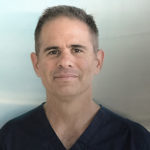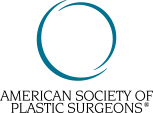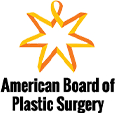It all Starts here
Breast Augmentation FAQs
Posted by Laurence Weider on September 9, 2020
We have often been asked these questions before breast augmentation procedures so we wanted to put together this list of commonly asked questions or FAQs. If you would still like to talk to someone or have further questions, please call us or contact us here.

Q: Does breast augmentation hurt?
Most breast augmentation patients are pleasantly surprised that they have little if any pain after breast augmentation. Yes, you will be sore, and it may feel tight. Many patients only use pain medications for a few days and they are then able to transition to Tylenol. Of course, everyone’s experience is unique.
Q: When can I shower after breast augmentation?
Most of our patients can resume showering the day after surgery. We will see you the day after surgery and will confirm this at your post-operative day one visit.
Q: When can I resume driving after breast augmentation?
In general, we advise patients to wait about five days after breast augmentation surgery before driving. However, you should be off narcotic pain medication before driving as well. When you do resume driving, start with short neighborhood drives for the first few days.
Q: I had breast implants placed two weeks ago, and I hear some funny sounds from my chest! What is going on?
After surgery, there is some fluid and air inside the implant pocket but outside the implant that can cause some odd sounds that only the patient can hear. Everything is fine. These sounds will go away on their own.
Q: When can I resume exercising?
We advise our patients that they can resume light exercise such as using a spin bike after two weeks. Use of your pectoralis muscles should be avoided as much as possible. After four to six weeks, you can resume more vigorous exercise, but use how you feel as a guide.
Q: Do I have to change the implants every ten years?
No, you don’t. This idea stems from old recommendations for a long-discontinued style of implants that slowly broke down over time. The current implants are much more durable. We advise that our silicone gel breast implant patients check the integrity of their implants with an MRI periodically, however. More details will be provided during your consultation.
Q: Will I have drains after surgery?
No. I do routinely place drains at the time of breast augmentation.
Q: My friend has 450 cc implants, and I love the way they look. Can I get the same size implants?
It is important to keep in mind that what looks good on a friend or a sister may not be the best option for you. We will spend a lot of time determining the best implant choice for you depending on your height, weight, current breast size, skin elasticity, as well as your goal size and shape.
Dr. Weider, a native of Southern California, is a Board-Certified Plastic Surgeon who has maintained a private practice in Dallas, TX since 1999. After attending Stanford University, he obtained his medical degree (M.D.) from Baylor College of Medicine in Houston. He then completed a one year surgical internship in Los Angeles at Harbor-UCLA Medical Center, followed by a four year general surgery residency in Dallas at Methodist Medical Center, and a two year plastic surgery fellowship in Cleveland at Case Western Reserve University.







